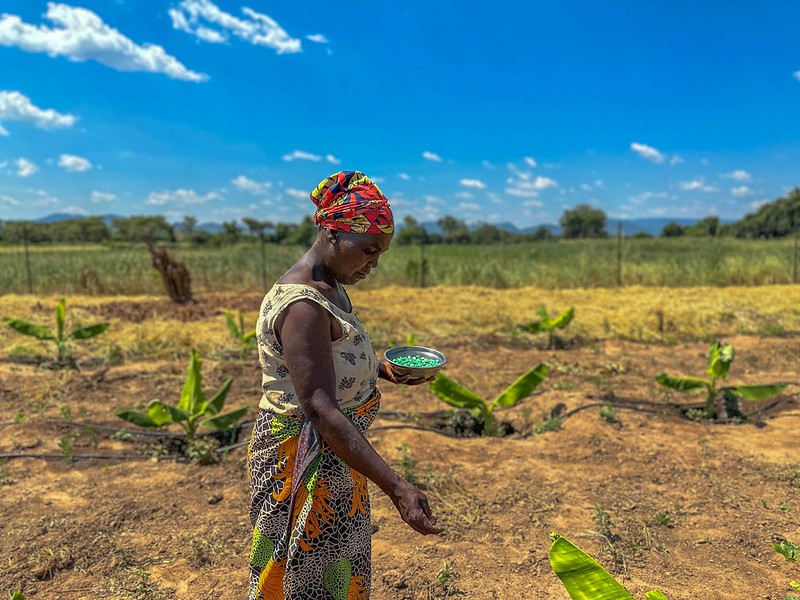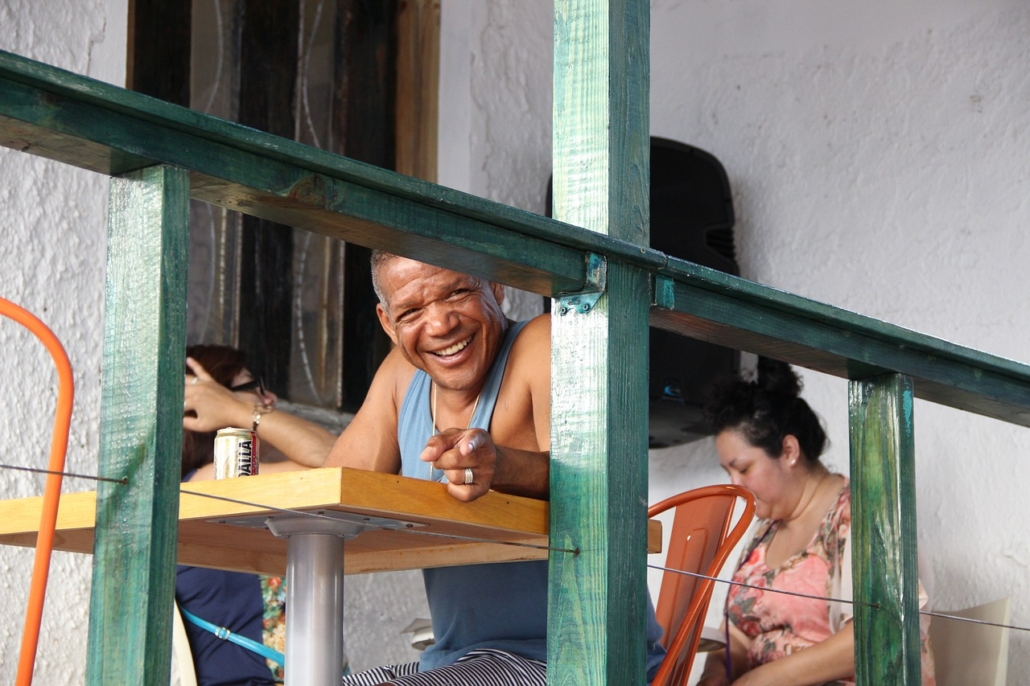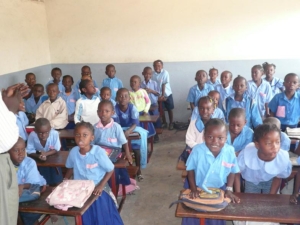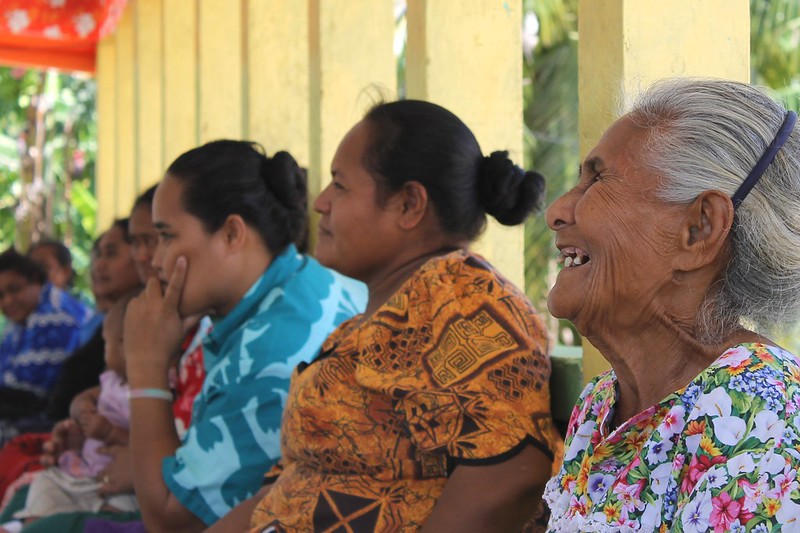 The Independent State of Samoa is a small archipelagic country of two main islands and eight small islets in the South Pacific Ocean. The Dutch discovered the islands in 1722, but it was more than 150 years before the United States, the United Kingdom and Germany claimed parts of the kingdom. Subsequent to a civil war, at the close of the 19th century, these countries abolished the monarchy and Germany and the U.S. claimed the western and eastern islands, respectively. Finally, in 1962, Samoa reestablished its independence.
The Independent State of Samoa is a small archipelagic country of two main islands and eight small islets in the South Pacific Ocean. The Dutch discovered the islands in 1722, but it was more than 150 years before the United States, the United Kingdom and Germany claimed parts of the kingdom. Subsequent to a civil war, at the close of the 19th century, these countries abolished the monarchy and Germany and the U.S. claimed the western and eastern islands, respectively. Finally, in 1962, Samoa reestablished its independence.
Approximately 75% of its population of just under 209,000 lives on just one of the islands, Upolu. Over 80% of the population is rural, but almost two-thirds of the country is forest and less than 3% of the land is arable.
Previously considered an upper-middle income country, the World Bank reclassified Samoa as lower-middle income in 2021 because of the recession suffered when the country was closed during the COVID-19 pandemic. The economy began to turn around in 2023, especially as its tourism industry revived.
The most recent (2013) World Bank international poverty line data for Samoa estimates poverty at just 1.2%. However, when considered against the rate for an upper middle-income country for that year, Samoa’s poverty rate was 43.3%.
Challenges of Climate
Experiencing a tsunami and an earthquake in 2009 and severe cyclones in 2012 and 2018, Samoa is vulnerable to climate change and natural disasters. This impacts its economy, as well as water and food security—in other words, its overall well-being.
Nutrition Assessments and Hunger in Samoa
There have been insufficient data available for Samoa to be ranked in the Global Hunger Index, but the country has been included in the 2022 Global Nutrition Report, whose indicators measure a country’s “burden of malnutrition.” There are 13 global nutrition targets, and, at that time, Samoa was reported as “on course” for only three: childhood overweight, childhood wasting and exclusive breastfeeding. The country had shown no progress or was worsening on childhood stunting and anemia among women aged 15 to 49 years. There were no data on low birth weight, and progress was “off course” on the remaining seven indicators, including obesity, diabetes and blood pressure.
Nutrition Concerns
The 2021 Samoa Food Systems Pathway 2030 shared data on the country’s nutrition concerns: 70% of the population is overweight, around 50% obese, and approximately 80% of deaths attributable to noncommunicable diseases that it was estimated will cost 8.5% of GDP by 2040; 24.2% of Samoans moderately food insecure, 5% undernourished, 6% living in food poverty. Furthermore, it was noted that undiversified diets were influenced by food imports and processed foods, with disparity between rich and poor households reflected in the healthfulness and diversity of foods consumed.
Samoan Pathway to Sustainable Development
Sustainable Development Goal 2 of the 2015 United Nations Agenda for Sustainable Development is Zero Hunger: creating new paths for nutrition, agriculture and food systems. And it is SDG 2 that underlies the Samoa Food Systems Pathway 2030, developed at a National Dialogue in April 2021 and discussed later that year by Samoa’s minister of agriculture and fisheries at the U.N. Food Systems Summit of 2021. The Pathway is defined as the means for “transforming food systems for a resilient and healthy Samoa where no one is left behind” and sustainable “food and nutritional security and affordable healthy diets” are achievable.”
The Pathway report notes that hunger is not an issue in Samoa, but identifies four food systems for improvement: (1) food production, (2) food processing, (3) food consumption and (4) food safety and food waste. Attention is paid to the concern with overfishing (and the extinction of native species) and the sustainable management of natural resources, as well as to postharvest loss and food waste (up to 20% of fresh fruits and vegetables). The goal is behavioral, to shift from consumption of processed imported foods to locally produced fresh products to achieve a balanced and nutritional diet.
The Pathway report outlines four pathway actions and five Action Tracks:
- Ensure access to safe and nutritious food for all: Boosting local production, strengthening the enabling environment and improving evidence-based knowledge.
- Shift to sustainable consumption patterns: Strengthening policy and regulatory systems, promoting local traditional foods and enhancing nutrition education.
- Boost nature-positive production: Revitalizing traditional knowledge, strengthening extension services and improving environmental protection policy and regulatory measures.
- Advance equitable livelihoods: Facilitating stakeholder engagement, promoting the role of women and youth and enhancing the role of communities.
- Build resilience to vulnerabilities, shocks, and stress: Building climate-resilient practices, adopting and implementing social protection measures.
Thus, the same report that openly recognized the nutritional concerns of the Samoan people has responded with a long-term action plan to address those concerns over the next five years.
– Staff Reports
Photo: Wikimedia Commons
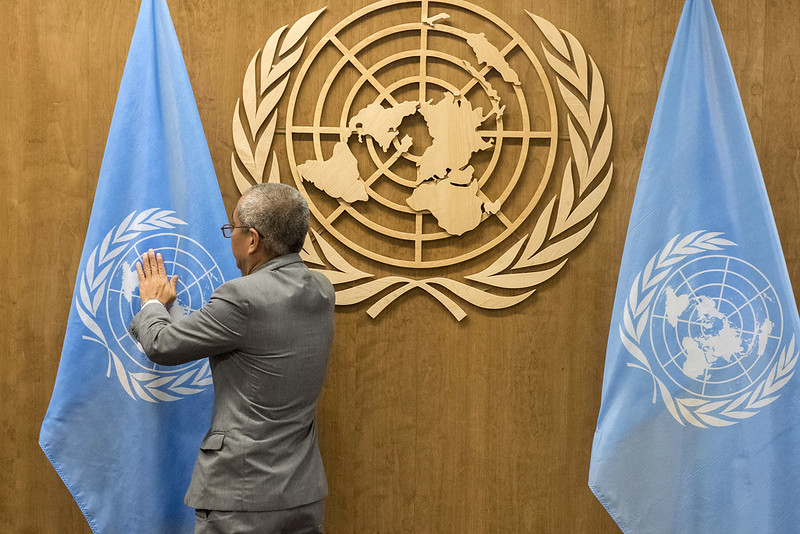 On August 30, 2024, the
On August 30, 2024, the 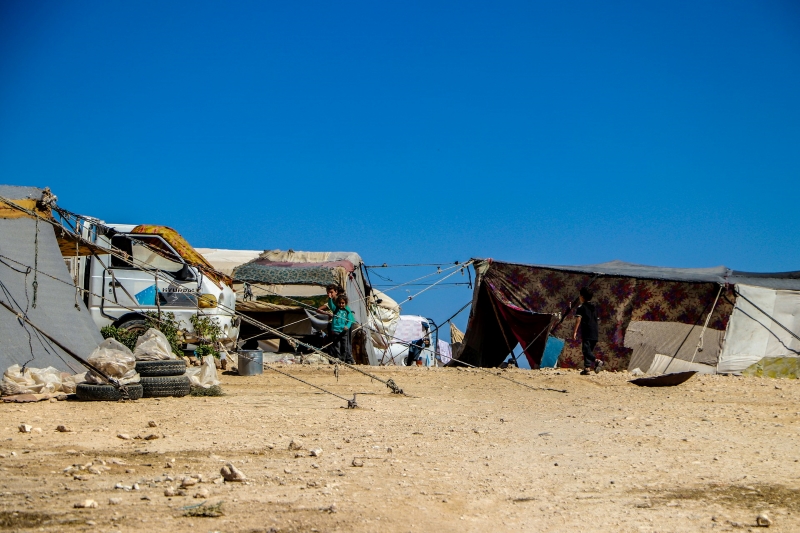 In February 2024, the “
In February 2024, the “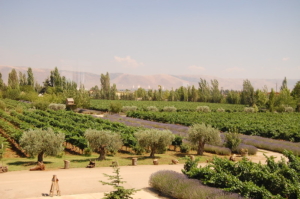 Lebanon’s progress under the United Nations (U.N.) Sustainable Development Goals (SDGs) has been stagnant at best since its financial crisis in 2017 and the 2020 Beirut blast, which left 300,000 people displaced and more than 200 people killed. Since then, the South of Lebanon has also found itself at war with Israel, which has further worsened the economic situation in the country.
Lebanon’s progress under the United Nations (U.N.) Sustainable Development Goals (SDGs) has been stagnant at best since its financial crisis in 2017 and the 2020 Beirut blast, which left 300,000 people displaced and more than 200 people killed. Since then, the South of Lebanon has also found itself at war with Israel, which has further worsened the economic situation in the country.